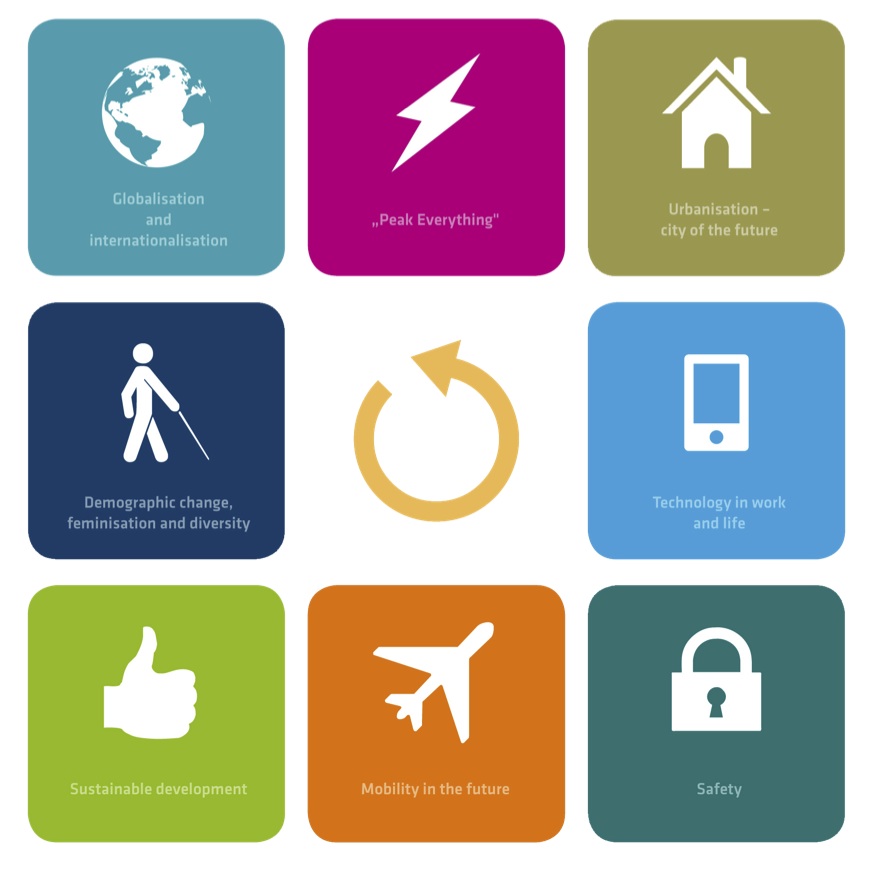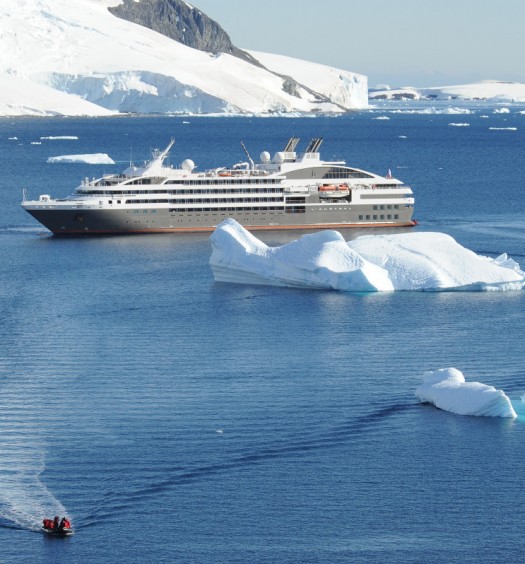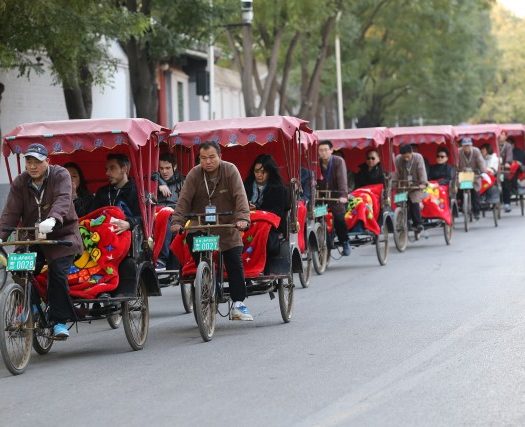We grill Matthias Schultze, managing director at the German Convention Bureau, about their Meetings and Conventions 2030 report– which reveals the trends that are driving the meetings industry forward.
Q) What makes a megatrend (rather than a regular trend)?
A) “Megatrends are considered major influencers in the development of the meeting and events industry. The following characteristics are attributed to a megatrend: firstly, stability: it must have existed for at least two decades. Secondly, omnipresence: it must have an effect on all areas of life. Thirdly, universality: it must be basically global. Finally, robustness: it must stand the test of time, despite temporary setbacks.”
Q) How did you research the megatrends, and how did you decide upon the final eight?
A) “Experts from politics, business and science as well as study partners, supporters and members of the German Convention Bureau contributed their know-how and helped compile the results. Research consisted of online surveys, face-to-face interviews with national and international experts, scenario workshops and more.
Eight universally valid megatrends were identified and then examined in detail: globalisation, shortage of resources, urbanisation, demographic change, feminisation and diversity, technology in work and life, sustainable development, mobility of the future, security and safety.”
Q) What would you like MICE professionals to take away from the Meetings and Conventions 2030 report?
A) “They can identify the megatrends which are likely to impact their organisation, and adjust their strategy The project has been expanded into the Future Meeting Space project, which aims to provide planners, venues and suppliers with insights and hands-on tools to make their meetings more futuristic, and to stay ahead of the curve.”
Q) Which of the megatrends do you believe will be the easiest and the most challenging for the MICE industry to cater for, and why?
A) “The challenge will be balancing the trends. For example, with all the new technology options and applications, human beings have to be considered, including their preferences and abilities. Planners will need to balance the ‘high tech’ with the ‘high touch’, using technology to enable and support – and not detract from – crucial human contact and interaction.”
Connections Meetings will continue to explore the findings of the German Convention Bureau’s Meetings and Conventions 2030 report, and we’ll be gaining deeper insight into the MICE megatrends through thought leadership sessions and workshops at our 2017 events in Quito and Florence.
To enquire about attending an upcoming Connections Meetings event, contact me at micaela@weareconnections.com.




